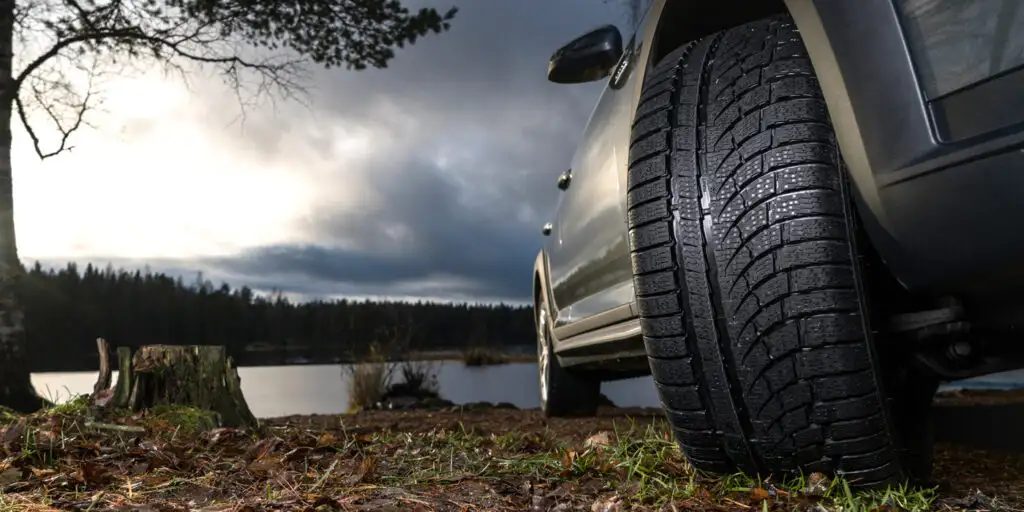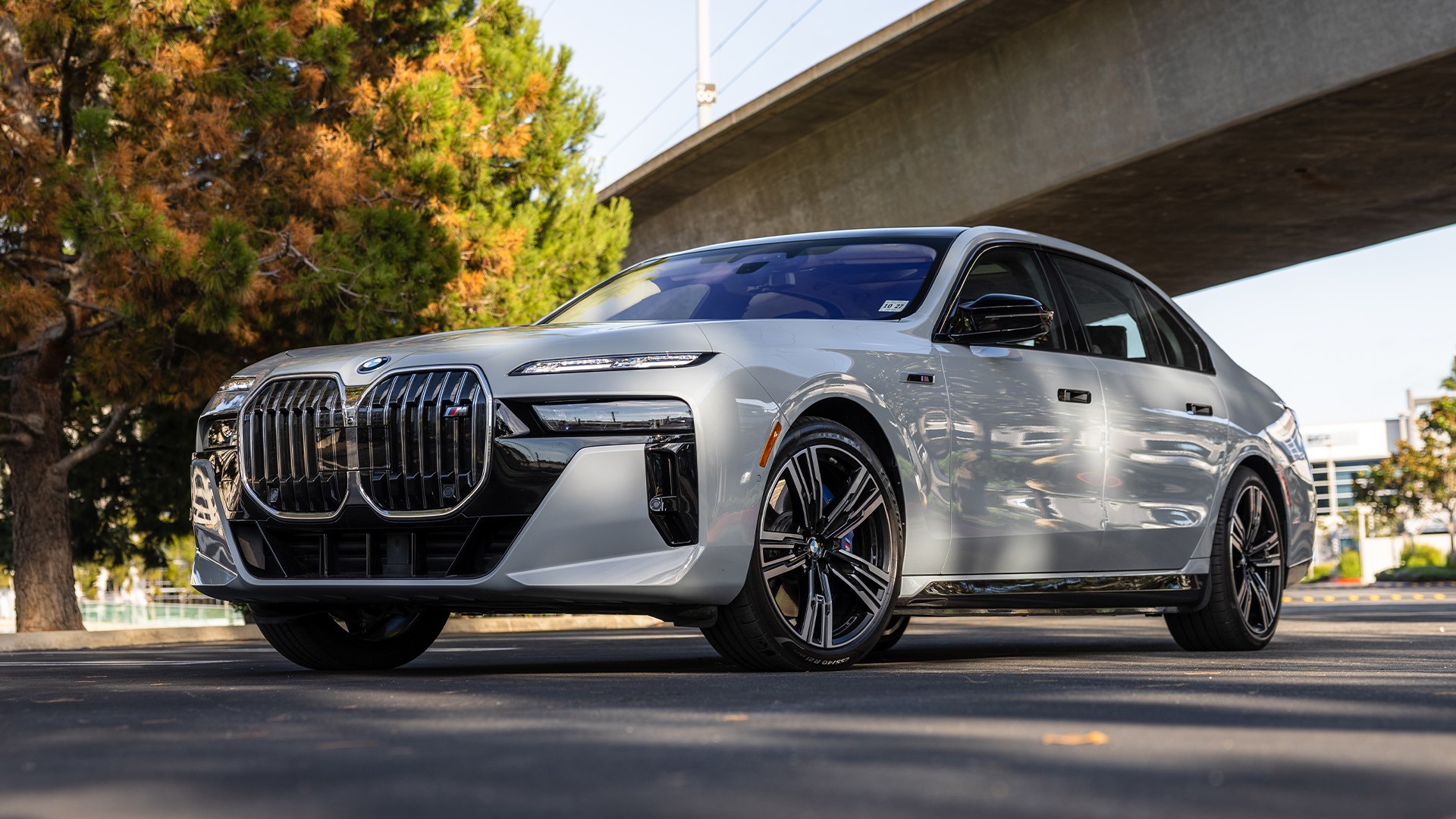We understand why some people don’t want winter tires, even though many all-season tires aren’t good for driving in the snow. Winter tires like Bridgestone Blizzaks and Nokian Hakkapeliittas do better in snowy, slick, and icy conditions because they are made with specially designed materials and tread patterns. However, buyers don’t like that they are expensive, hard to install, and need to be replaced twice a year.
Over 90% of tires sold in the US are all-season tires because of this. Only a very small number are allowed to have the three-peak mountain snowflake (3PMSF) mark on their sidewall. These look like the best of all possible compounds: they will keep you safe while driving in the winter, but they won’t wear out or make too much noise when the weather is nice.
It is important to know that tires with different snowflake ratings work differently depending on the method used to assign the rating. The second one is easier.

In the American Society for Testing and Materials F1805 test, a prototype tire must do better than an industry-standard standard reference test tire (SRTT) in order to get a 3PMSF score. The tire being tested is attached to a heavy trailer to make it feel like it’s on a car. The tire is then driven over a normal, medium-packed snow surface several times. It is checked to see if the results of the accelerated traction are 10% better than the SRTT.
Just the right amount of linear accelerative grip will get the job done. There is no way to measure the distance it takes to stop, turn, or drive on the road.
This means that each tire with a 3PMSF rating will only offer a small amount of grip on a certain surface, letting you move forward from a stop or keep going up a steep, snow-covered road. If there were no tests for side-to-side grip, stopping, or driving on ice, one set of tires might keep you steady around a bend while another would make the car spin. There are also some tires with a snowflake design that might not let you stop in time to avoid a crash.
We tested the best snowflake-branded all-season tires from Bridgestone and Michelin, using WeatherPeak rubber from Bridgestone and CrossClimate 2 from Michelin. We looked at a set of 18-inch wheels with the same size tires that were paired with all-wheel-drive Toyota Camrys that matched. When tried on the packed snow and ice surface of Bridgestone’s winter driving school, all tire sets did about the same when it came to speeding up and slowing down. The Bridgestone rubber gave drivers a little more confidence when turning corners and better traction.
Our test was indeed done on Bridgestone’s land, so it doesn’t tell us anything about the grip in dry weather, ride quality, durability, or noise level of each tire. However, it does show that not all rubber with a 3PMSF grade is the same. Tire Rack is a great place to do research, but don’t skimp on quality when making a big buy. People have told us that we should buy tires, shoes, beds, and anything else that keeps us from touching the ground.

COMMENTS